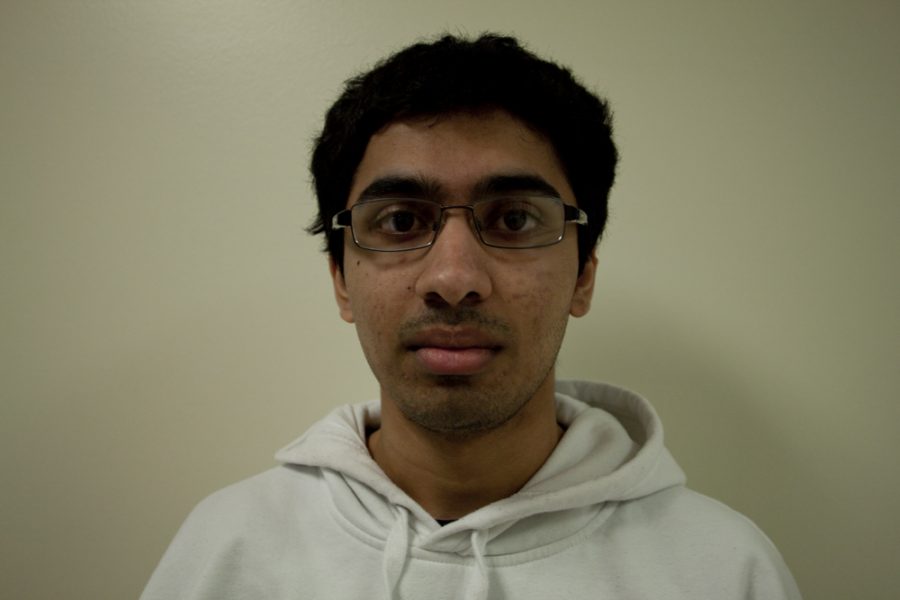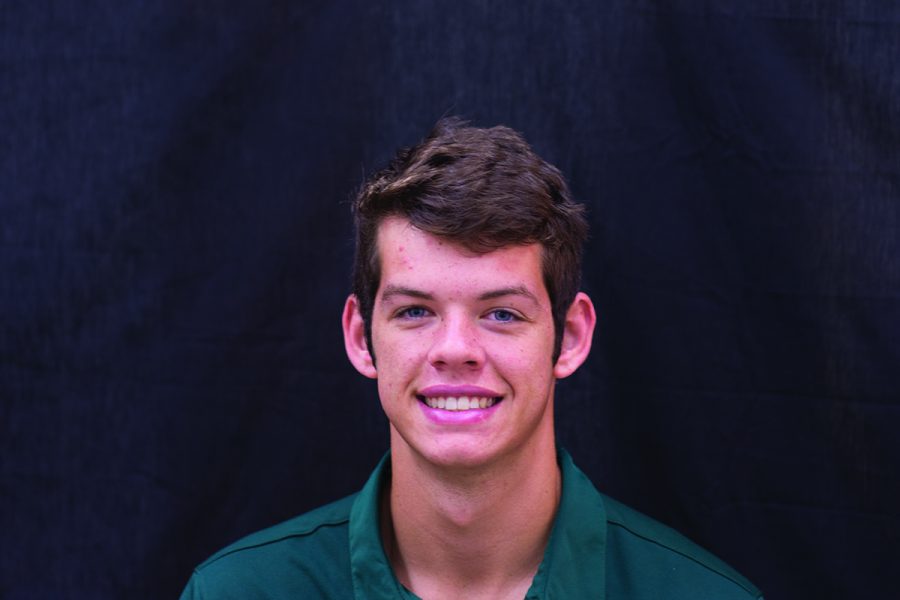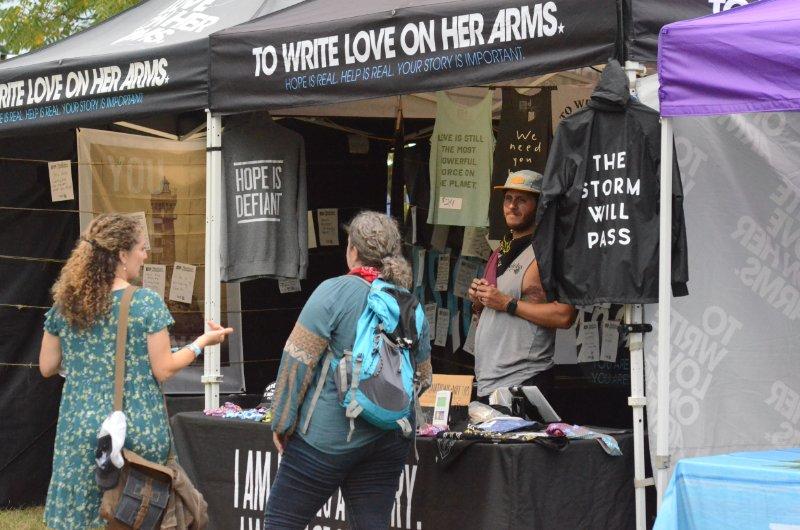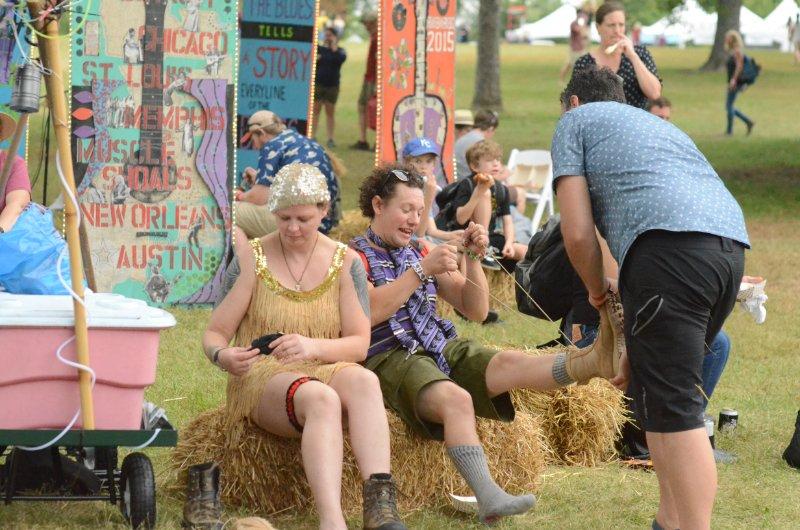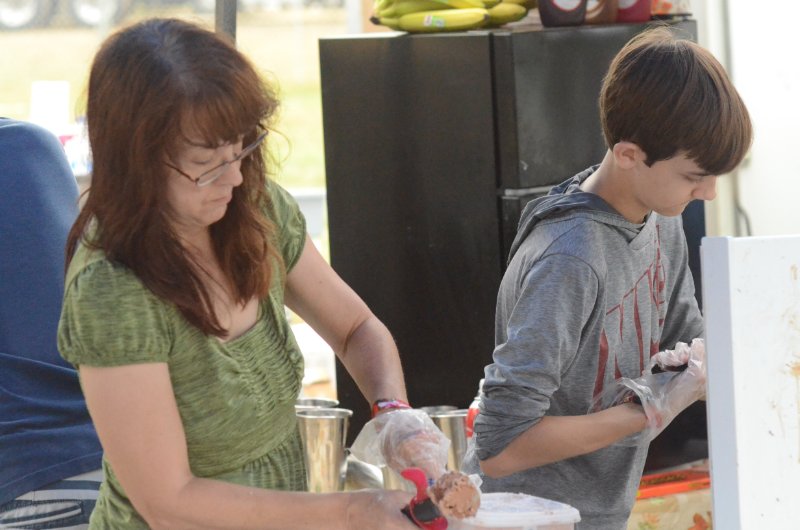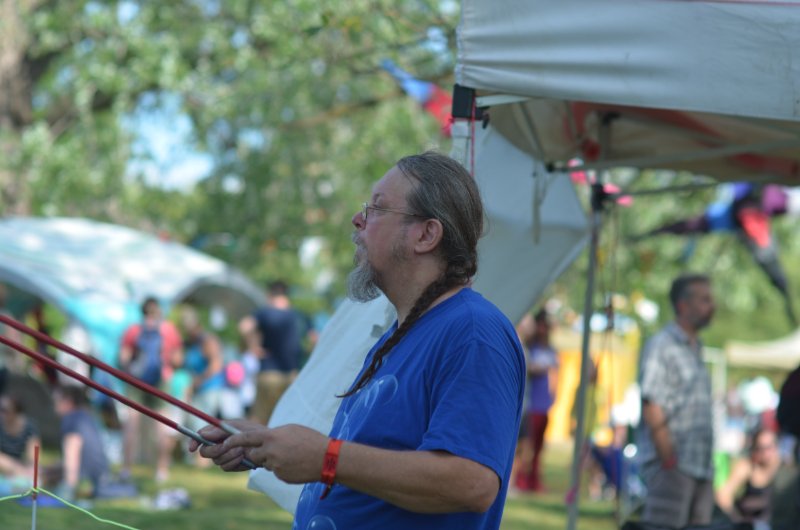
As he pulled his finger away, he destroyed the intricate circuitry in the device, thus rendering it inoperable. Sharma knew he would have to wait at least another week before the laser would be free for his use again because of scheduling with other researchers. With a sigh, he returned to his lab in the Bond Life Sciences Center at the University of Missouri—Columbia.
Sharma is one of 29 RBHS students receiving high school credit through the gifted center for internships in the community, gifted coordinator Jake Geissmann said. The majority of students taking part in the program are in research labs at University of Missouri—Columbia.
“I’m very happy to see bright students using Mizzou as a way to amplify their RBHS education and to see Mizzou using the same students to amplify their own research,” Geissmann said. Sharma’s work is just one example “of how these internships can entail serious contributions to science.”
Ever since he was a child, Sharma had a fascination for science. He regularly took part in such activities like Science Olympiad, starting in middle school.
“I always knew that I liked science a lot, and I just wanted to expose myself to the actual world of science,” by doing a research project Sharma said. “It’s an interesting feeling,” now that he is done.
Research done by high school students range from cardiovascular studies to research in number theory. These opportunities are mostly available through University of Missouri—Columbia and give students the chance to expand their horizons in science. By using their knowledge in a research setting, students are able to learn how true research is done, and help a lab at the same time.
“I think it’s a good opportunity for both sides,” Associate Professor of Biological Engineering and Dermatology John Viator, whom Sharma worked with, said. “Having a university here is an opportunity for Rock Bridge students to do research that normally wouldn’t be able to do. It allows students with a solid educational foundation to come to the university and apply that knowledge and reach out the scientific community. If we as research professors can get intelligent and hard-working students to come and do research that normally would be done, it benefits us. In Nikhilesh’s case, he developed a laser that detects melanoma cells. He did a great job, and I didn’t have the undergraduate and research staff to get that project done.”
Sharma’s project was on developing a mechanism capable of ascertaining single melanoma cells using lasers, something that has the potential to influence future patient care. He also entered his project into the Intel competition, a prominent high school research competition, for judging.
“You could say that I’ve been working on my Intel project since [2010] because all the projects I’ve been working have been related,” Sharma said. “They have all built on each other, which is how science works; you just do one project and the next one is a continuation of that project. So in a sense, I’ve been working on this project the whole except I actually just started the iteration specifically for Intel this past summer. You put a lot of hours into a project and when you see something you created yourself work and you know what you did could help save lives, it’s fulfilling. You find what you’re doing in the lab can help a person live 20 years longer, and it’s completely worth it.”












































































